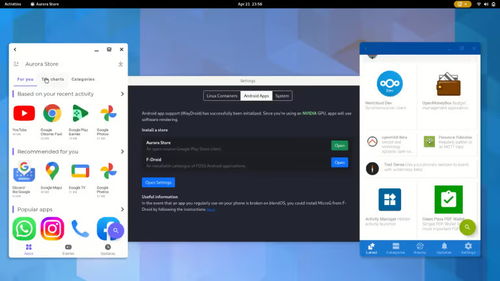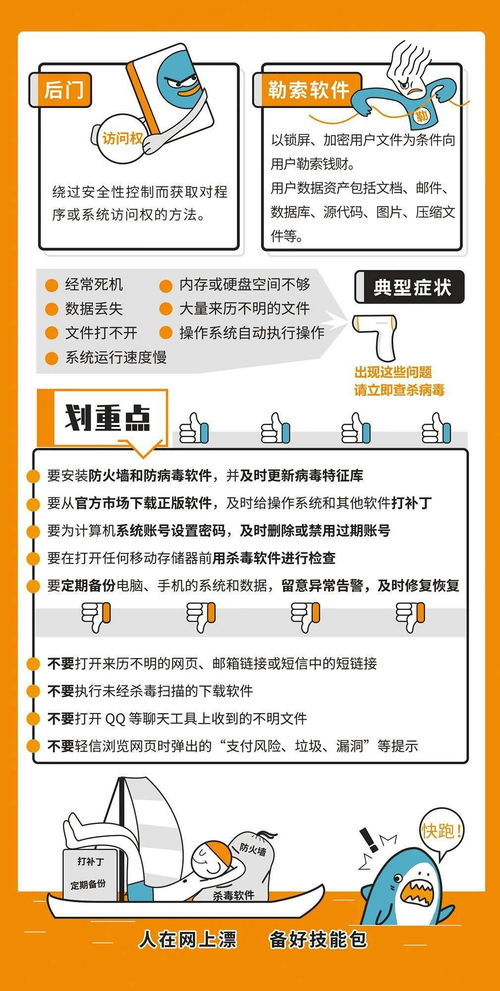
linux显卡直连
时间:2023-05-29 来源:网络 人气:
众所周知,对于喜欢玩游戏的玩家来说,显卡是电脑性能中最重要的部分之一。但是,很多人并不知道如何在Linux系统中实现显卡直连。本文将为大家详细介绍如何在Linux系统中实现显卡直连,从而让你的游戏性能翻倍!
第一步:确定硬件环境
在开始之前,我们需要确认自己的硬件环境是否支持显卡直连。首先,你需要一张支持IOMMU(Input-OutputMemoryManagementUnit)的主板和CPU。IOMMU是一种硬件技术,它可以将物理设备与虚拟机隔离开来,并保护主机免受来自虚拟机的攻击。
其次,你需要至少两张显卡。其中一张显卡用于连接显示器和运行Linux桌面环境,另一张显卡用于运行虚拟机。
第二步:安装软件
接下来,我们需要安装一些必要的软件。首先,我们需要安装KVM(Kernel-basedVirtualMachine)和QEMU(QuickEmulator)。这两个软件是Linux系统中常用的虚拟化软件,它们可以帮助我们实现显卡直连。
在Ubuntu系统中,你可以使用以下命令来安装KVM和QEMU:
sudoapt-getinstallqemu-kvmlibvirt-daemon-systemlibvirt-clientsbridge-utilsvirt-manager
第三步:配置虚拟机
接下来,我们需要配置虚拟机以支持显卡直连。首先,我们需要创建一个新的虚拟机。在创建虚拟机时,我们需要指定虚拟机的配置文件。在配置文件中,我们需要将显卡直连的选项设置为“yes”。
下面是一个示例配置文件:
<domaintype='kvm'>
<name>Windows10</name>
<memoryunit='KiB'>4194304</memory>
<vcpuplacement='static'>4</vcpu>
<os>
<typearch='x86_64'machine='pc-i440fx-2.9'>hvm</type>
<bootdev='hd'/>
</os>
<devices>
<disktype='file'device='disk'>
<drivername='qemu'type='raw'/>
<sourcefile='/var/lib/libvirt/images/Windows10.img'/>
<targetdev='vda'bus='virtio'/>
</disk>
<controllertype='usb'index='0'/>
<controllertype='pci'index='0'model='pcie-root'/>
<interfacetype='network'>
<macaddress='52:54:00:08:3c:6f'/>
<sourcenetwork='default'/>
<modeltype='virtio'/>
</interface>
<inputtype='mouse'bus='ps2'/>
<inputtype='keyboard'bus='ps2'/>
<graphicstype='vnc'port='-1'autoport='yes'/>
<video>
<modeltype='virtio'heads='1'primary='yes'/>
</video>
<hostdevmode='subsystem'type='pci'managed='yes'>
<drivername="vfio"/>
<source>
</source>
</hostdev>
</devices>
</domain>
在这个配置文件中,我们将第二张显卡的PCI地址设置为“hostdev”模式,并将驱动程序设置为vfio。这样就可以实现显卡直连了。
第四步:测试性能
最后,我们需要测试一下性能。你可以在虚拟机中运行一些需要高性能显卡的程序,例如游戏或者CAD软件。如果显卡直连成功,你应该可以感受到明显的性能提升。
总结
本文为大家详细介绍了如何在Linux系统中实现显卡直连。虽然这个过程可能有些复杂,但是它可以让你的游戏性能翻倍。如果你是一名喜欢玩游戏的Linux用户,那么这篇文章一定会对你有帮助。

tokenpocket钱包:https://cjge-manuscriptcentral.com/software/7091.html
相关推荐
教程资讯
教程资讯排行

系统教程
-
标签arclist报错:指定属性 typeid 的栏目ID不存在。












